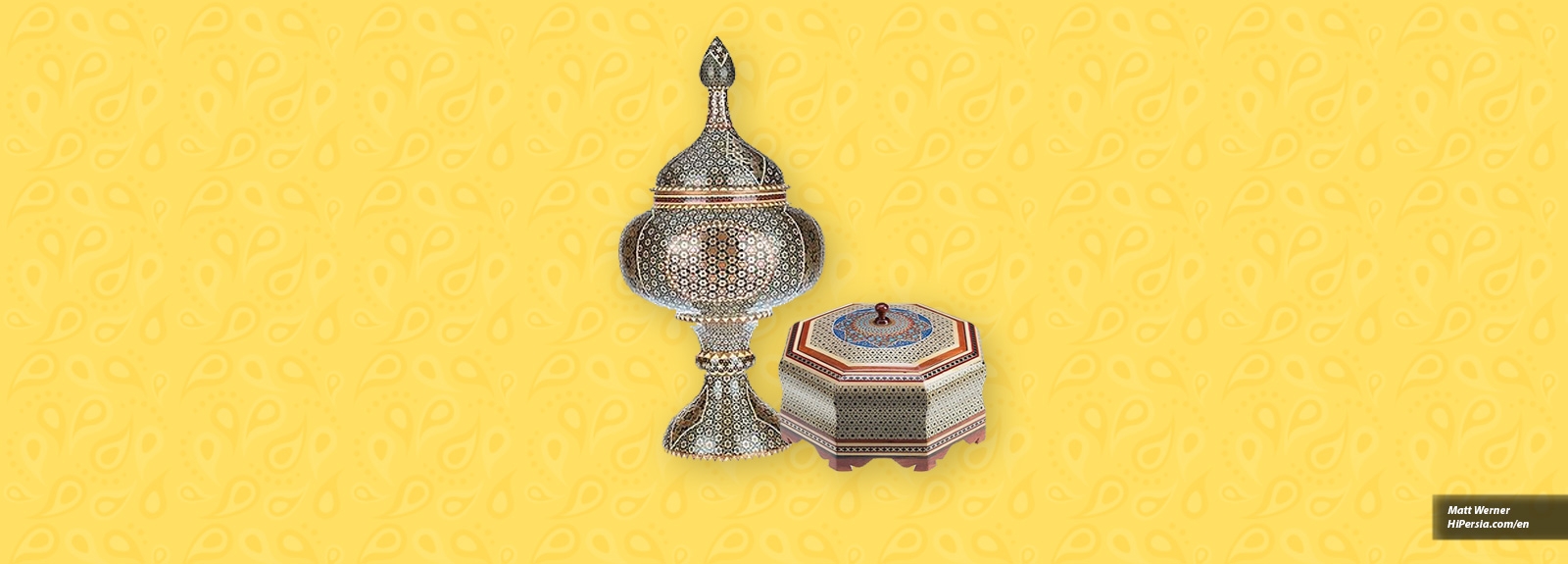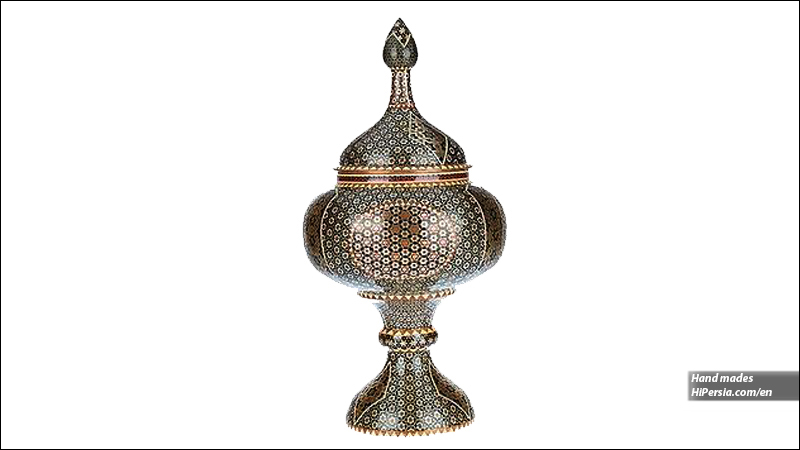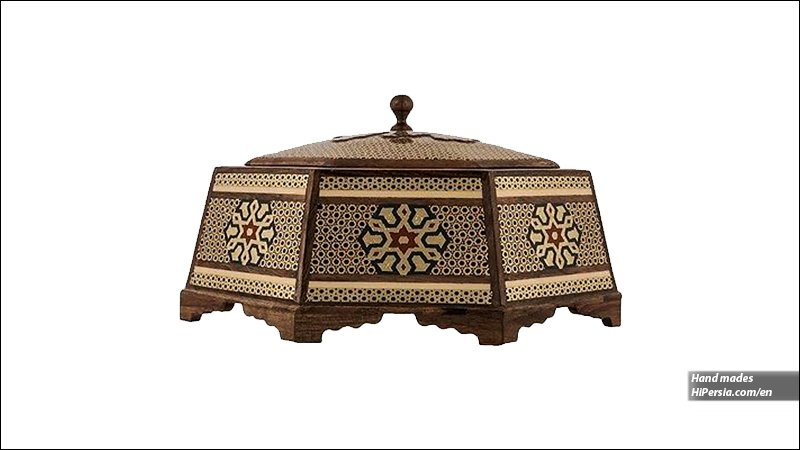



Khatam is one of the most valuable and beautiful handicrafts of Iran. This art prevails in various parts of Iran, especially Shiraz and Isfahan.
About 400 years ago, the art of Khatam was spread throughout Iran and in various parts of Iran such as Shiraz and Isfahan. The oldest examples of Khatam crafts belong to the Safavid era. The Safavid era is the best time of the Khatam industry. At that time, the commercial relations between Iran and other countries helped expand this art.
In the Safavid era, in addition to the city of Isfahan, the art of Khatam was also considered in southern cities such as Shiraz and Kerman. The artists of that period have significant monuments, such as the door of Chaharbagh School and Sheikh Safi al-Din Khanegah in Ardabil. In the late Safavid era, Khatam lost its splendor. In the short time of the Zand dynasty, developments in traditional ornamental arts of Iran occurred. Unfortunately, many of the monuments of the Khatam destroyed since the Zand era because of the Qajar severe hatred of this dynasty.
In the Qajar era, the art of Khatam was going to decline. the purchasers of Khatam products during this period are mostly villagers or city elders who bought the chair and table of Khatam.

Khatam is a unique Iranian handicraft that is sent around the whole world. Various materials are used to produce khatam as follows: wood types, types of bones and ivory such as elephant ivory and camel bones, types of metal wires, shell, special yarn, special glue, and Lacquer. Khatam is an art that requires major materials prepared with great effort and time.

High-grade Khatam has several qualities:

Currently, Shiraz is the most important center for the Production of Khatam products in Iran. In addition to Shiraz, Khatam is also popular in the cities of Isfahan, Golpayegan, and Tehran.







“Oh! Squander not this breath that Heaven hath lent thee, Nor make too sure another breath to borrow!’” Khayam